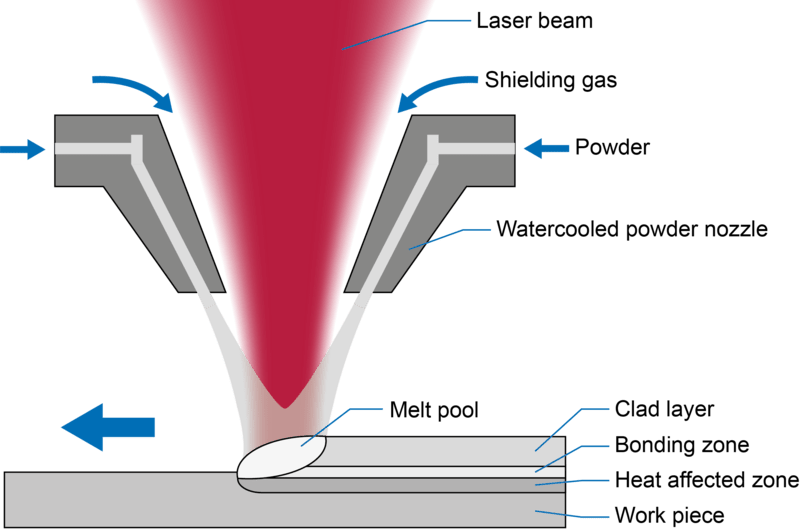Difference between Laser Beam Welding & Electron Beam Welding?
The main difference between Laser Beam Welding and Electron Beam Welding are as follows:
Laser beam welding:
The laser beam is bounced off reflective surfaces inside the machine to create an intense ray of light. The laser beam then essentially melts pieces of metal together. The main drawback with this process is that tight turns are difficult, but it’s often used for welding plastic items because less heat is required than with other types of welding, and so doesn’t damage plastics as easily.
Laser beam welding is a rapid prototyping technique
In an electron-beam welder, high voltage electricity ionizes gas molecules and then shoots them into the workpiece at high velocity.
Laser welding is a type of welding that uses a laser to fuse two pieces of metal. Laser welding is very precise and can be used to weld very small pieces of metal together.
Electron beam welding:
Electron beam welding involves feeding wires containing one or more electron pulses through a gun-like device. This may be done either by continual motion or by stepping it at constant intervals so that if the continuous motion were used, many spots could already have struck between halts for emitting electrons into them. Another process similar to this
The electrode then focuses and accelerates the extracted electrons to create intense beams of light. After striking the surface of the metal to be welded, the photon energy causes extremely high temperatures on impact with its target to be welded.
Electron beam welding is a type of welding that uses an electron beam to fuse two pieces of metal.
Difference between Laser welding and Electron beam welding:
Electron beam welding is not as precise as laser welding, but it can be used to weld thicker pieces of metal together.
In laser welding, a high-powered laser is focused on the weld area, delivering intense heat directly to the weld. With electron beam welding, a stream of electrons is focused on the weld area, generating heat through the bombardment of the metal.
Laser welding typically produces a cleaner and narrower weld than electron beam welding. Laser welding is also faster and more efficient than electron beam welding. However, electron beam welding can be used to weld thicker metals than laser welding.
Laser welding uses a focused beam of light to create a very intense heat source. The heat is strong enough to melt metal, and the combination of heat and pressure creates a weld.
Electron beam welding uses a stream of electrons to create the same level of heat as laser welding.
Electron beam welding can be used in all positions, while laser welding can only be used in the flat position.
Lasers have a much higher energy density than electron beams.
Laser beam with less power than an electron beam and achieve the same result.
Lasers are that they are very focused, so they can weld very small objects without affecting the surrounding area.
Electron beams are not as focused, so they are more likely to cause damage to the surrounding area during welding.



